Active real estate investing requires direct involvement in property management and decision-making, offering potential for higher returns but demanding significant time and expertise. Passive investing, through vehicles like REITs or crowdfunding, allows you to earn income without hands-on work but involves less control and often higher fees. Your choice depends on financial goals, risk tolerance, and availability. Understanding active or passive real estate investing can help you align your investments with your long-term objectives.
Key Takeaways
- Active investing involves direct property management with higher risks and potential for greater returns.
- Passive investing offers lower-risk income through REITs or crowdfunding with minimal involvement.
- Active strategies require significant time, expertise, and capital compared to passive methods.
- Passive investors face higher fees and limited control over investment decisions.
- Choosing between active and passive depends on financial goals, risk tolerance, and time availability.
Understanding Active Real Estate Investing
Because active real estate investing requires direct involvement, it demands a significant level of expertise and time commitment from investors. You’ll need to adopt a hands-on approach to research market trends, identify viable properties, and oversee their acquisition or renovation. Whether you’re fixing and flipping properties for a quick profit or generating steady rental income through leasing, you’re fundamentally running a small business. This involves managing property upkeep, handling tenant management, and staying informed about local laws to mitigate risks. Your investment decisions directly impact the success of your portfolio, offering the potential for higher returns compared to passive strategies. However, this level of control comes with the responsibility of dedicating substantial time to daily operations, such as addressing tenant concerns and maintaining properties. Active real estate investing can be lucrative, but it’s best suited for those willing to immerse themselves fully in property management and market analysis. To succeed, it’s essential to master advanced deal-finding strategies and continuously expand your network of industry professionals.
Exploring Passive Real Estate Investing
While active real estate investing demands hands-on management, passive real estate investing allows you to participate in the property market without the need for direct involvement. Through vehicles like Real Estate Investment Trusts (REITs) or crowdfunding platforms, you can earn passive income from rental income and property appreciation without managing tenants or maintaining assets. Crowdfunding platforms democratize real estate investment by allowing multiple investors to pool their resources and access larger projects. Passive real estate investing often comes with lower initial capital requirements, enabling entry with as little as a few hundred dollars. However, since profits are distributed among multiple investors, individual earnings may be lower compared to active investing. Investments like publicly traded REITs also offer greater liquidity, allowing you to buy and sell shares easily. Despite requiring less experience and effort, passive investments typically include higher management fees, which can reduce overall returns. This approach suits those seeking exposure to real estate with minimal involvement.
Key Differences Between Active or Passive Real Estate Investing

Active investing emphasizes hands-on strategies like fix-and-flip or buy-and-hold, offering higher potential returns but requiring greater risk tolerance and market expertise. Passive investing, on the other hand, involves pooled investments such as REITs, providing lower risk and steady income but limiting direct control and immediate profit potential. Diversifying your portfolio with a mix of active and passive strategies can enhance stability and growth potential, catering to varying risk tolerances and financial goals. Your choice between the two depends on your appetite for risk, time commitment, and desired level of involvement in managing real estate assets.
Investment Strategies
Investment strategies in real estate are broadly categorized into active and passive approaches, each defined by the level of involvement and risk tolerance. Active investing involves hands-on management, where you directly handle tasks like sourcing deals, refurbishing properties, and overseeing tenant relations. This approach demands substantial market knowledge and a full-time commitment but can yield higher profits. Passive investing, on the other hand, relies on long-term strategies like REITs or crowdfunding, where you delegate property management to third parties. This minimizes your effort while providing steady, lower returns. Your choice depends on your availability, expertise, and financial goals. Beginners interested in active investing may consider hard money loans to secure quick funding for their real estate projects. Below is a comparison of key aspects:
| Aspect | Active Investing | Passive Investing |
|---|---|---|
| Involvement | Hands-on, full-time | Minimal, part-time |
| Management | Direct property management | Third-party management |
| Profits | Potentially higher | Steady, lower |
| Market Knowledge | Requires extensive knowledge | Limited knowledge needed |
| Examples | Fix-and-flip, rental properties | REITs, crowdfunding |
Risk and Reward
The level of risk and potential reward differs significantly between active and passive real estate investing, shaping the outcomes for investors based on their approach. Active real estate investments involve direct involvement in property management and decision-making, exposing you to higher risks tied to market fluctuations and individual property performance. However, this hands-on approach can yield higher returns if you leverage market knowledge and strategic opportunities. Conversely, passive investors enjoy lower risk profiles, relying on third-party management and diversified portfolios to mitigate the impact of poor-performing assets. While this reduces potential losses, it also limits returns as profits are shared among stakeholders. Passive investing offers steadier, more predictable outcomes with minimal market knowledge, making it accessible for those seeking stability over higher profits. Active investors can utilize tools like the BRRRR method to maximize returns by strategically renovating and refinancing properties.
Benefits and Drawbacks of Active Investing
While active real estate investing offers greater control, it comes with both significant advantages and challenges. As an active real estate investor, you directly manage properties, negotiate deals, and implement investment strategies, which can maximize profitability. You also gain access to tax advantages, such as deductions for property management expenses, mortgage interest, and depreciation, potentially reducing your annual tax burden. Additionally, you avoid third-party management fees, which can enhance returns when you manage properties effectively. However, this approach requires a deep understanding of market trends, property management, and legal regulations, demanding significant knowledge to succeed. The time commitment can be substantial, often resembling a full-time job, making it less suitable for those seeking a passive investment style. Joining a supportive online community can provide valuable insights and mentorship to navigate these challenges effectively. Balancing these benefits and drawbacks is essential to determine if active investing aligns with your financial goals and lifestyle.
Advantages and Disadvantages of Passive Investing

If you’re looking to benefit from real estate without the hands-on demands, passive investing offers a way to participate with minimal effort. Passive real estate investments, such as REITs, allow you to access investment-grade properties with lower capital investments and greater liquidity compared to active strategies. However, the pros and cons require careful consideration. Here’s what you should know:
- Reduced Responsibilities: You’ll rely on a management company to take care of daily operations, freeing you from the burden of property management.
- Tax Implications: While passive investments offer some tax benefits, you may miss out on deductions available to active investors.
- Fee Structures: Passive options often come with higher fees due to third-party oversight, which can eat into returns.
- Creative Financing: Passive investors can explore options like home equity loans or co-investing to minimize upfront costs while still benefiting from real estate returns.
Passive investing suits those seeking diversification and liquidity but may limit control and tax advantages. Weigh these factors when deciding between active or passive strategies.
Choosing the Right Strategy for Your Goals
How can you determine whether active or passive real estate investing aligns with your objectives? Start by evaluating your financial goals and risk tolerance. If you aim for higher potential returns and are willing to take on greater risk, active investing might suit you. This strategy requires in-depth knowledge of market trends, property management, and a significant time commitment to build and manage your real estate portfolio. Conversely, passive investing offers a hands-off approach, ideal for those seeking steady income or capital gains without extensive involvement. Next, consider your liquidity needs. Active investments often tie up capital for extended periods, while passive options like REITs provide greater flexibility. Your expertise also matters; active investing demands a deep understanding of real estate, whereas passive strategies rely on third-party professionals. Align your choice with your financial objectives, time availability, and comfort with risk to select the right investment strategy.
Conclusion
Choosing between active and passive real estate investing depends on your goals, time, and risk tolerance. Active investing demands hands-on involvement, offering higher rewards but with greater effort. Passive investing, on the other hand, allows you to “let money work for you” with minimal involvement, though returns may be steadier but lower. Remember, “Don’t put all your eggs in one basket”—diversify your strategy to align with your financial objectives and lifestyle.




